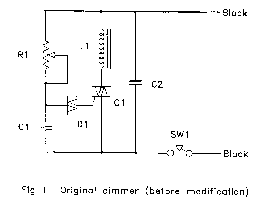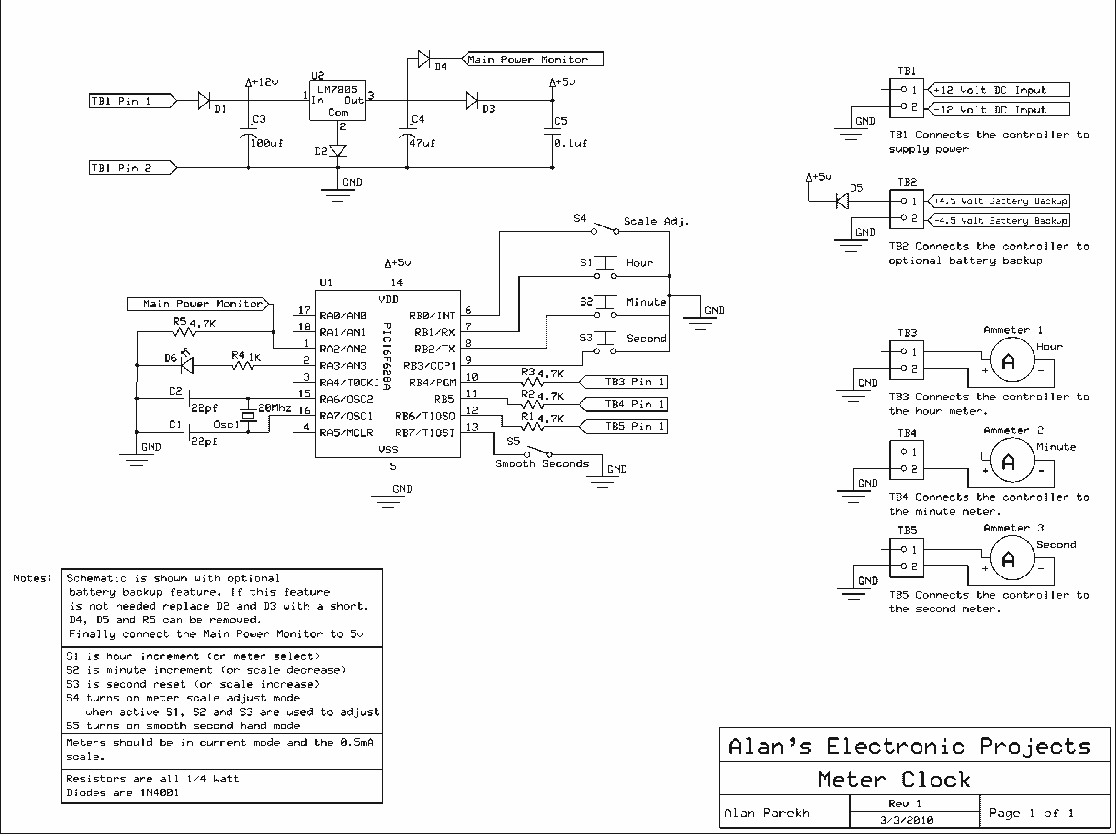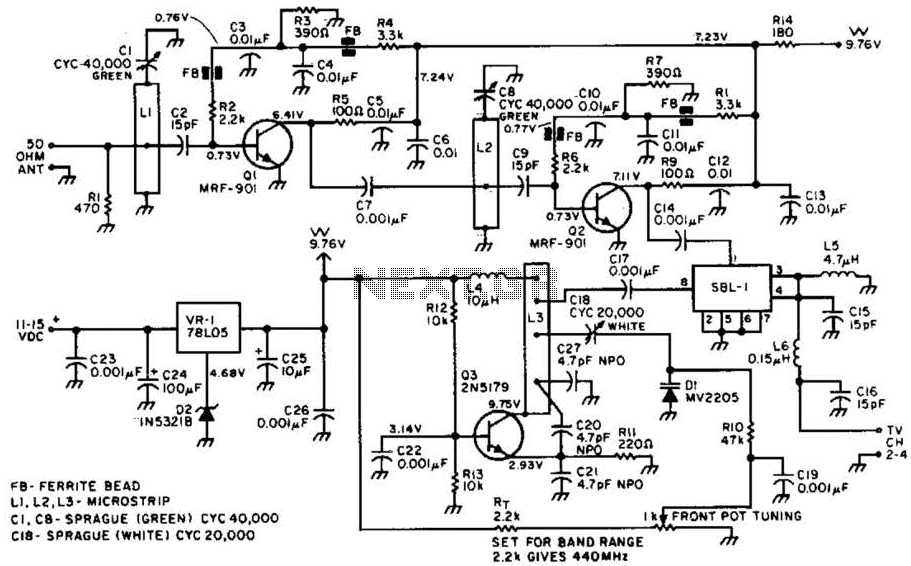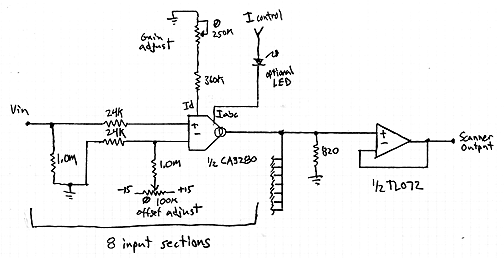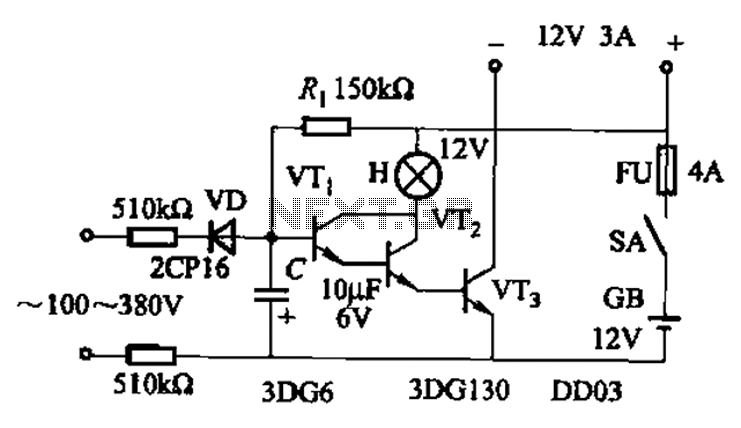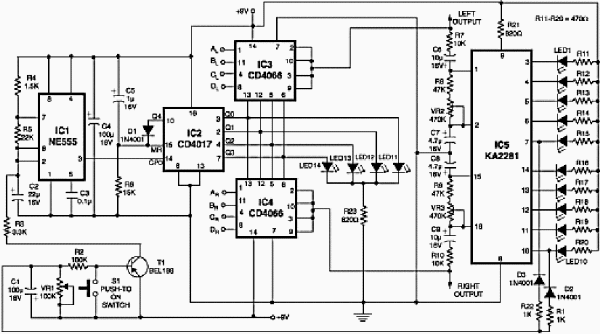
Constantly changing light and sound analog controller circuit 01
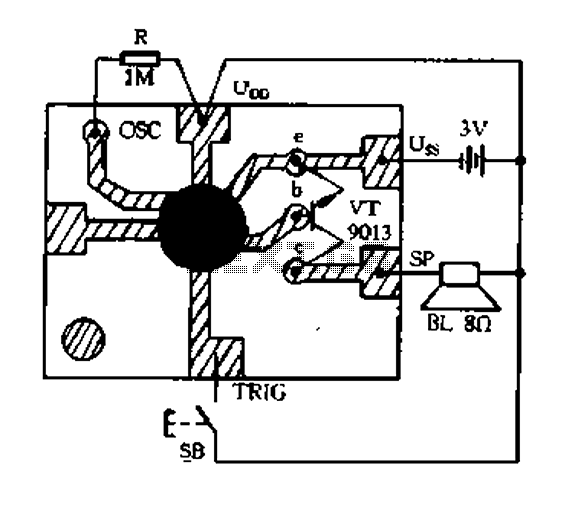
Constantly changing light and sound analog controller circuit 01
The described circuit functions as an analog controller designed to modulate light and sound outputs in a dynamic manner. This circuit typically integrates various electronic components, including resistors, capacitors, transistors, and operational amplifiers, to facilitate the continuous variation of light intensity and sound frequency or volume.
The core of the circuit may involve a light sensor, such as a phototransistor or a photoresistor, which detects ambient light levels and feeds this information into an operational amplifier. The output from the amplifier can then drive a light-emitting diode (LED) or a series of LEDs, creating a visual display that changes in response to the detected light levels.
For sound modulation, the circuit can utilize a similar approach with a microphone or sound sensor that captures audio input. This audio signal can be processed through an analog filter or a modulation circuit, which may include components like capacitors and inductors to shape the output sound wave. The final output can be directed to a speaker or piezo buzzer, allowing for variable sound production based on the input signal.
Additionally, the integration of a microcontroller may enhance the circuit's capabilities, allowing for programmable features such as different light patterns or sound effects. This can be achieved through the use of pulse-width modulation (PWM) to control the brightness of the LEDs and the volume of the sound output. The overall design emphasizes flexibility and responsiveness, making it suitable for applications in interactive installations, art projects, or educational demonstrations in electronics.
Safety considerations should also be taken into account, ensuring that all components are rated for the appropriate voltage and current levels to prevent damage or hazards during operation. Proper grounding and shielding techniques may be employed to minimize interference and ensure stable performance of the circuit.Constantly changing light and sound analog controller circuit 01
The described circuit functions as an analog controller designed to modulate light and sound outputs in a dynamic manner. This circuit typically integrates various electronic components, including resistors, capacitors, transistors, and operational amplifiers, to facilitate the continuous variation of light intensity and sound frequency or volume.
The core of the circuit may involve a light sensor, such as a phototransistor or a photoresistor, which detects ambient light levels and feeds this information into an operational amplifier. The output from the amplifier can then drive a light-emitting diode (LED) or a series of LEDs, creating a visual display that changes in response to the detected light levels.
For sound modulation, the circuit can utilize a similar approach with a microphone or sound sensor that captures audio input. This audio signal can be processed through an analog filter or a modulation circuit, which may include components like capacitors and inductors to shape the output sound wave. The final output can be directed to a speaker or piezo buzzer, allowing for variable sound production based on the input signal.
Additionally, the integration of a microcontroller may enhance the circuit's capabilities, allowing for programmable features such as different light patterns or sound effects. This can be achieved through the use of pulse-width modulation (PWM) to control the brightness of the LEDs and the volume of the sound output. The overall design emphasizes flexibility and responsiveness, making it suitable for applications in interactive installations, art projects, or educational demonstrations in electronics.
Safety considerations should also be taken into account, ensuring that all components are rated for the appropriate voltage and current levels to prevent damage or hazards during operation. Proper grounding and shielding techniques may be employed to minimize interference and ensure stable performance of the circuit.Constantly changing light and sound analog controller circuit 01
Warning: include(partials/cookie-banner.php): Failed to open stream: Permission denied in /var/www/html/nextgr/view-circuit.php on line 713
Warning: include(): Failed opening 'partials/cookie-banner.php' for inclusion (include_path='.:/usr/share/php') in /var/www/html/nextgr/view-circuit.php on line 713
